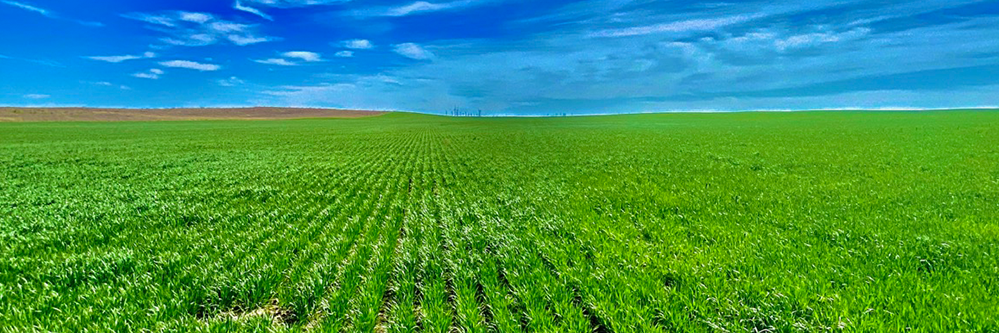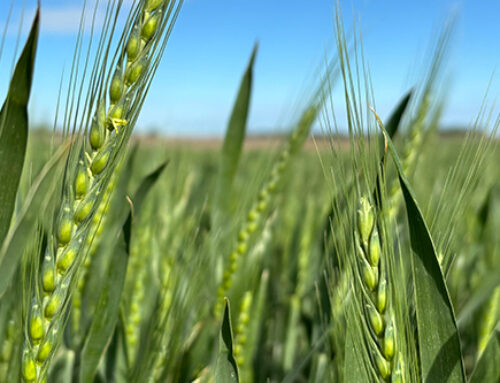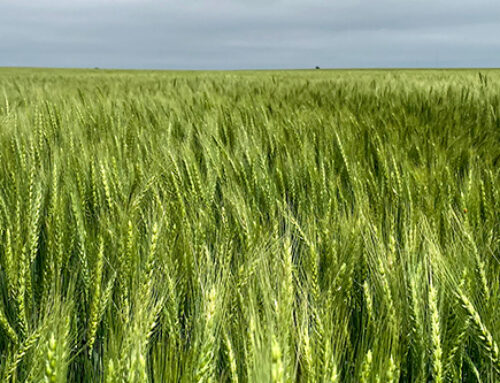Anhydrous tanks are dotting the countryside as growers prepare for wheat planting this fall. Nitrogen is a key nutrient for a successful wheat crop, but it is not the only nutrient or soil amendment that needs to be evaluated as you prepare for the upcoming crop.
Soil tests are a very valuable tool to help with fertility decisions. It is important to monitor phosphorus and pH levels. Wheat responds very well to available phosphorus. Low pH levels can lead to aluminum toxicity.
There is typically high variability of these soil test values across a field. Utilizing a grid sample program will identify areas of sufficient or deficient phosphorus levels, and high or low pH areas. Prescription maps can then be made to variably apply the proper amounts of phosphorus or lime. Applying only to areas of need can save significant dollars, especially when a high cost input such as lime is necessary.
Phosphorus is a vital nutrient for wheat. In many ways it is even more important than nitrogen. We always think of nitrogen as the nutrient that allows plants to grow vigorously and get the crop off to a good start. But without proper phosphorus levels, adequate or excess nitrogen will not allow the crop to meet its full potential.
We are aware that Mother Nature has the final say in how our wheat crop will perform. Starting with adequate nutrient levels will give us the best chance at the highest return on our investment. Ask your Crop Quest Agronomist about getting samples collected on your fields and getting your prescription fertilizer recommendations today.
Written by: Dwight Koops, President
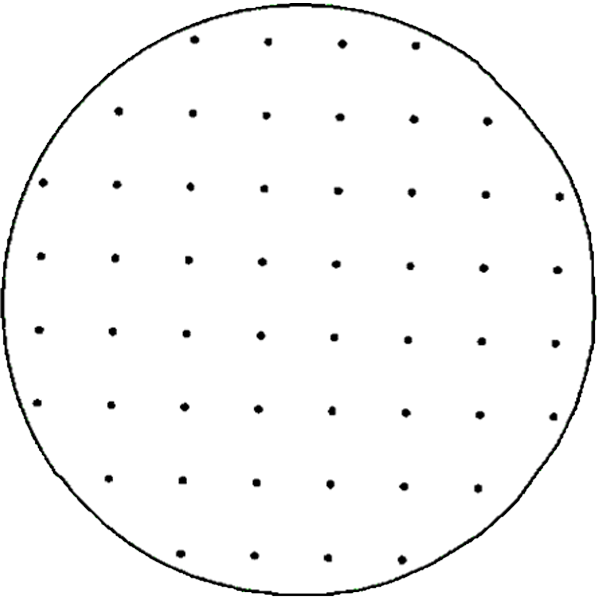
Grid Points
With grid sampling, we are able to fine-tune where nutrients or amendments may be necessary. Best for pin-pointing specific nutrient levels throughout the field.
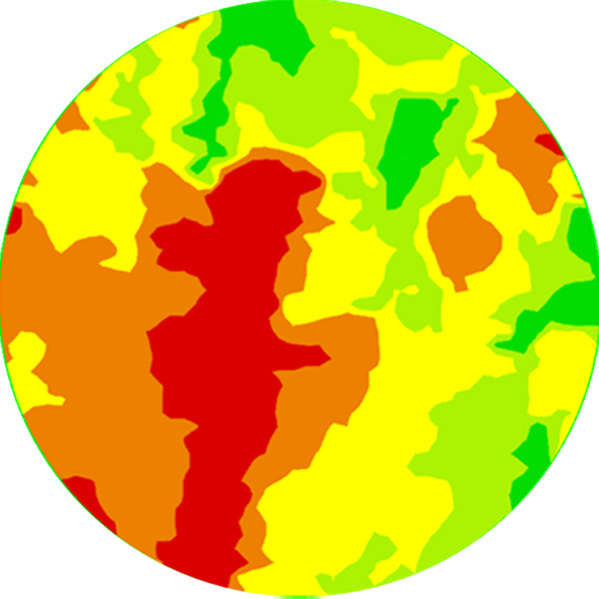
Interpolated Map
